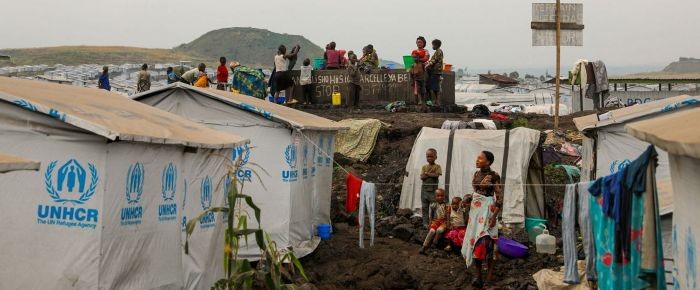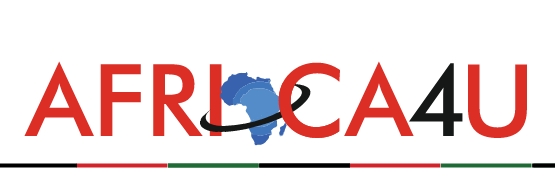(3 Minutes Read)
Nearly 63,000 people have crossed into Burundi—marking the country’s largest refugee influx in decades. On 5 March alone, more than 1,100 people arrived. Hundreds still enter daily through 11 border points, most of them unofficial. The majority are women, children, and the elderly, with many having been displaced before.
Refugee flows from the Democratic Republic of Congo (DRC) to neighbouring Burundi are unending, as war and uncertainty loom large in the former’s eastern region. Two large cities in the region have already fallen in the hands of rebel M23, allegedly with the support of Rwanda.
Nearly 63,000 people have crossed into Burundi—marking the country’s largest refugee influx in decades. On 5 March alone, more than 1,100 people arrived. Hundreds still enter daily through 11 border points, most of them unofficial. The majority are women, children, and the elderly, with many having been displaced before.
More than 45,000 refugees are staying in a stadium in Rugombo, near the DRC border, awaiting relocation to other camps as the site has exceeded capacity, forcing some families to sleep in open fields or with host communities.
UNHCR is involved in relief work, extending emergency aid, including food, water, and medical assistance, but resources are stretched thin. A newly established protection desk is identifying urgent needs among arrivals, particularly unaccompanied children, survivors of sexual violence, and those with serious health conditions.
Read Also:
https://trendsnafrica.com/burundi-faces-brunt-of-migrant-population-from-drc/
Burundi is among several countries facing severe funding shortages for refugee support. Without immediate financial aid, the situation will worsen, putting more lives at risk.





